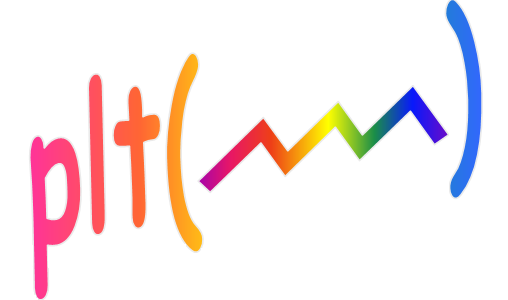| The X axis has been expanded by more than a factor of two
| The X-axis cursor slider makes it easy to quickly scroll through the data
set or to pan to a particular location. Clicking on the left or right arrows moves the
view window left or right by 10% of the visible range i.e. currently visible data will
be scrolled out of view after 10 clicks. (Holding the mouse button down over these arrows
results in a pleasing continuous scrolling effect.) Clicking in the trough area to
the left or right of the slider button moves the view window left or right by 100% of the
visible range (i.e. currently visible data will be scrolled out of view for every click).
Note that the slider button moves to show the relative position of the data currently in
view. Also, you can do a quick pan by grabbing the slider button with the mouse and
dragging it left or right. Dragging it as far as possible to the left or right causes the
plot to pan to the beginning or end of the data and dragging it near the center of the
slider pans the plot to show data near the middle of the data set. Note that all three
panning methods (arrow, trough, button) keep the amount of data displayed constant
(i.e. the difference between the upper and lower x-axis limits doesn't change). The data
cursor is kept in the middle of the x-axis during this type of panning.
(Note that in this situation the X-axis
cursor slider performs a similar function as the xView slider described in the in the
Zooming and panning section. Although
the xView slider is more versatile in this role it does require some sacrifice in the
vertical space available for the plot.)
|

















 Usually, the single or dual cursors mentioned above are sufficient, but sometimes what you
want is to cursor all the traces simultaneously. For the common situation where all
the traces share the same x vector, the multiCursor shown to the right is effective. (If the
x vectors for each trace are different, the multiCursor is unlikely to be very useful.)
Usually, the single or dual cursors mentioned above are sufficient, but sometimes what you
want is to cursor all the traces simultaneously. For the common situation where all
the traces share the same x vector, the multiCursor shown to the right is effective. (If the
x vectors for each trace are different, the multiCursor is unlikely to be very useful.)



